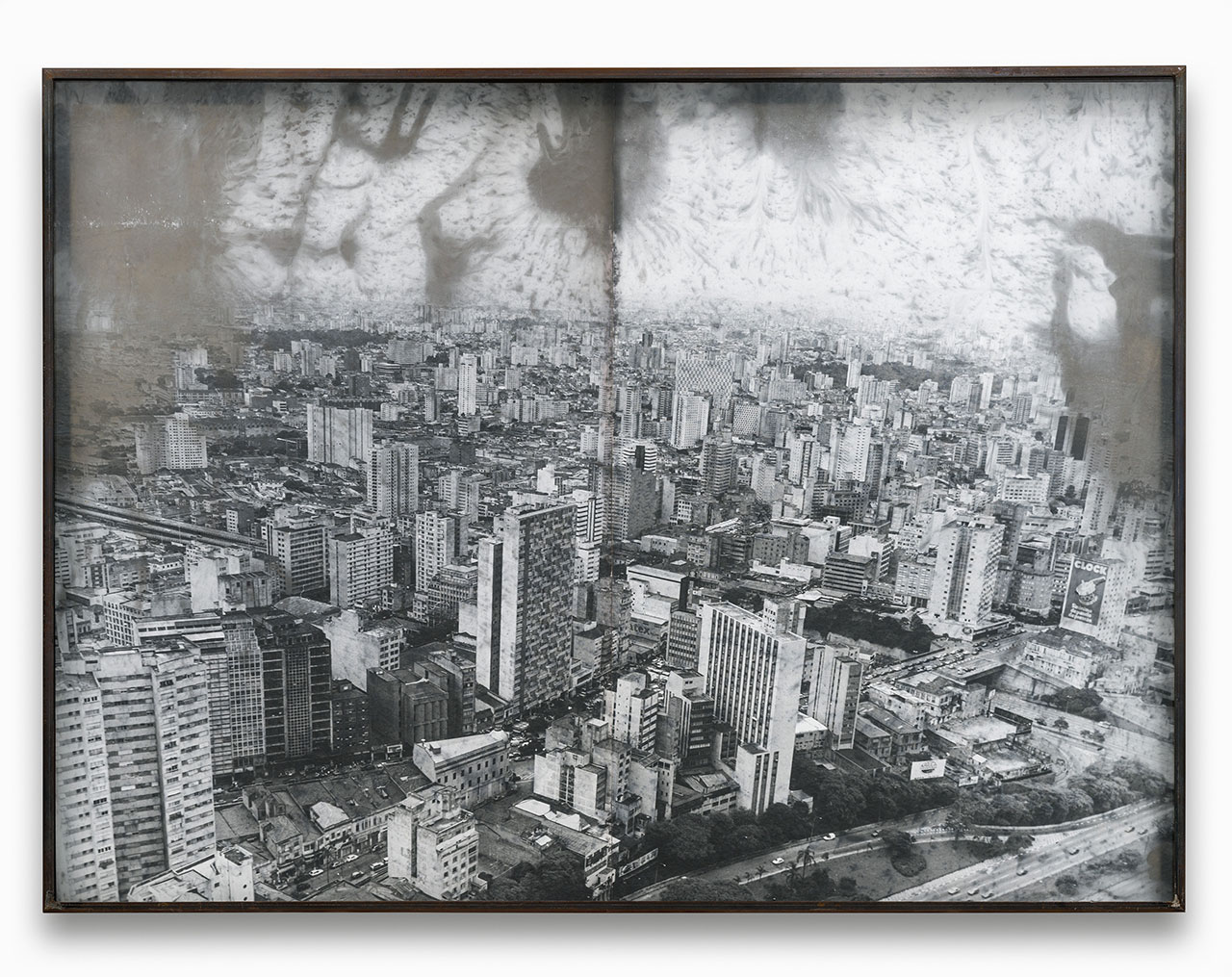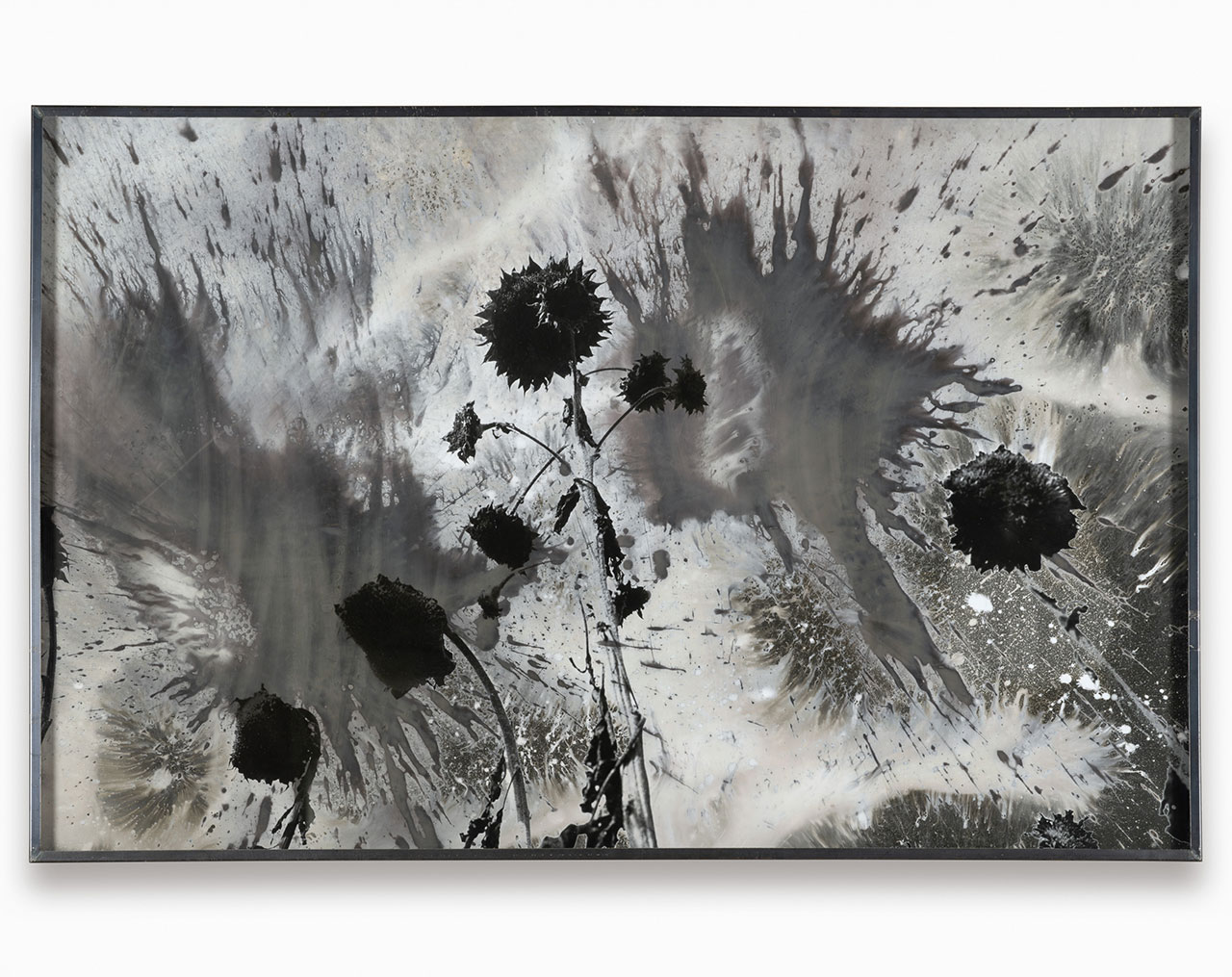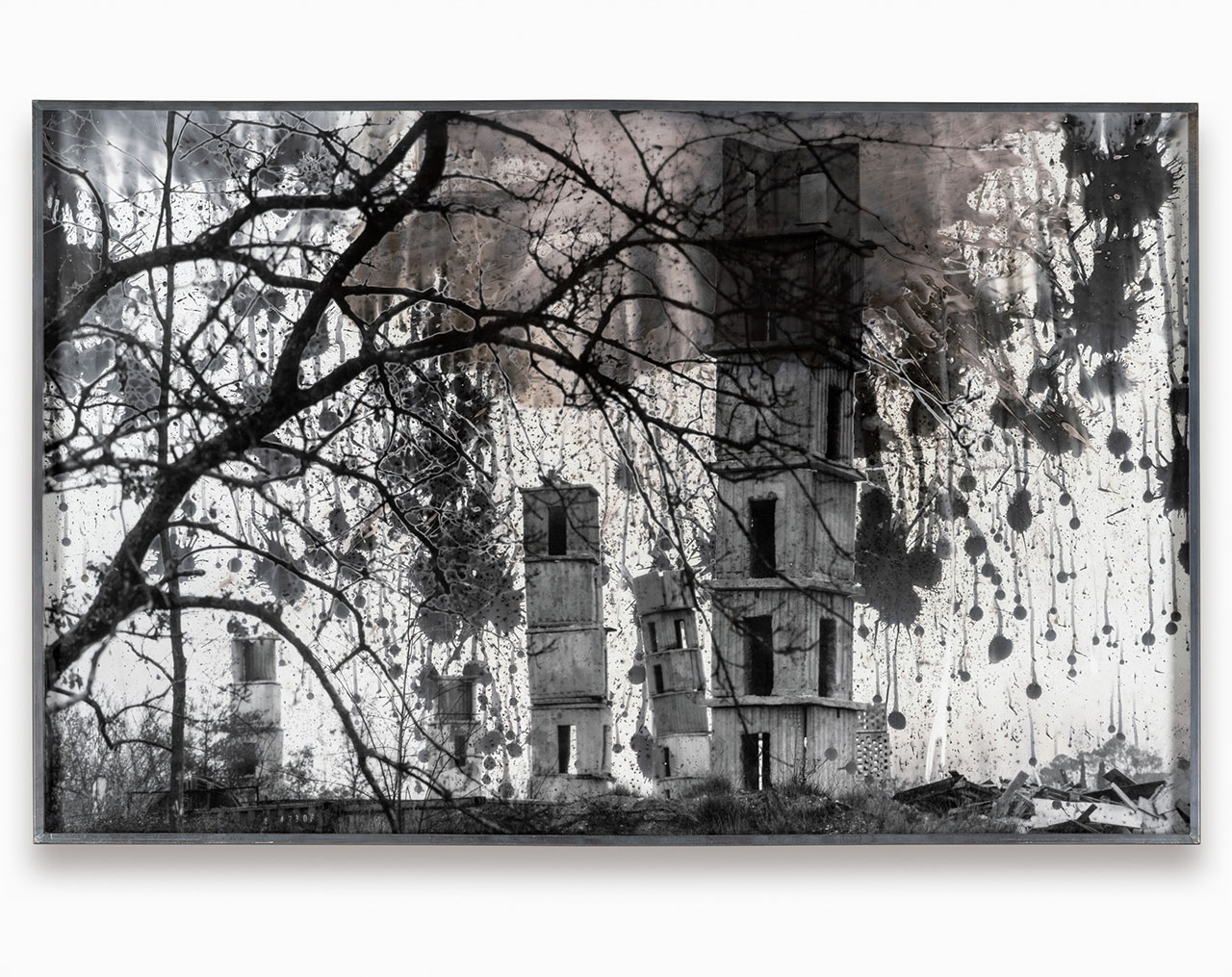PRESENTATION: Anselm Kiefer-Punctum
Born during the closing months of World War II, Anselm Kiefer reflects upon Germany’s post-war identity and history, grappling with the national mythology of the Third Reich. Fusing art and literature, painting and sculpture, Kiefer engages the complex events of history and the ancestral epics of life, death, and the cosmos. His monumental body of work represents a microcosm of collective memory, visually encapsulating a broad range of cultural, literary, and philosophical allusions.
By Dimitris Lempesis
Photο: Gagosian Archive
Permeated by the ravaged landscapes of his childhood, in the late 1960s Anselm Kiefer’s body of work turned its focus to reflections on the origin of Evil and intimate exploration of the tragic nature of Nazism. A focus that led to a major series of actions. The themes addressed in his work, underpinned by his wide knowledge of literature and with a basis in German history, cover a great many areas, from mythology to architecture by way of destruction, alchemy and geophysics. Photography has been an important but under-recognized aspect of Anselm Kiefer’s practice since 1968, when he began using his father’s 35mm camera. The medium underpins the evolution of the artist’s paintings and is a key component of his books. “Punctum”, the first exhibition in USA to center exclusively on Anselm Kiefer’s photography, offers new perspectives on his exploration of materials and processes, and on the symbolic and expressive potentials of photography. The exhibition’s title refers to a concept formulated by Roland Barthes in his critical text “Camera Lucida: Reflections on Photography” (1980). Punctum (Latin for “puncture” or “wound”) connotes a detail of a photograph that elicits a feeling or personal impact outside those formed principally by its culturally coded subjects. As if picturing a memory of something that never happened, Kiefer’s photographs convey a comprehensive, evocative, even melancholic aura beyond conventional representations of time and place. Returning to perennial motifs and images, the photographs reinforce the continuity of themes such as ruin and destruction, and growth and renewal, across Kiefer’s oeuvre, with subjects ranging from sunflowers and snow-covered fields to dense cityscapes of São Paulo. Works titled “Merkaba” (2010–13 and 2010–15) and “Jericho” (2010–15) picture the tower sculptures at La Ribaute, his former studio complex in Barjac, France that now is part of his foundation, Eschaton. Kiefer often manipulates his photographs through techniques such as solarization and the application of metals and other materials that transform them physically and metaphorically. In “Osiris” (1985–91), the addition of heavy, opaque lead to the photograph’s top half creates a juxtaposition between its material properties and its ethereal image, functioning as an effective metaphor for alchemy. Likewise, by applying silver toner to the printed surfaces of works such as” Feldblumen” and “Ukraine” (both 1994–2012), he blurs distinctions between the photographic and painted image. Titled with a quotation from Immanuel Kant, “Der gestirnte Himmel über uns und das moralische Gesetz in uns” (1969–2009) revisits an image from Kiefer’s “Besetzungen” series, a parodic travelogue in which the artist poses with a sieg heil salute at culturally charged European locations, appropriating and recontextualizing the taboo gesture to confront the historical weight of the Second World War. In the newer work, Kiefer overpaints the photograph’s top half in gouache, adding a star-filled sky that resonates with Kant’s line. “Hero und Leander” (2012) is a vitrine sculpture that expresses Kiefer’s relationship with photography. It incorporates a metal bathtub of the sort he used to develop his first photographs and included in early performances, with coiled strips of photographic prints mounted on lead that unfurl from within the vessel. Its title alludes to the Greek legend of Hero, a priestess of Aphrodite who tends a lighthouse on one side of the Hellespont between Europe and Asia, and her lover, Leander, who drowns while swimming across the strait when the guiding light of Hero’s flame is extinguished.
Photo: Anselm Kiefer, Jericho, 2010–15, Solarized gelatin silver print with silver toner, in steel frame, 40 3/4 x 63 1/4 x 4 inches (103.5 x 160.5 x 10 cm), © Anselm Kiefer, Photo: Charles Duprat, Courtesy the artist and Gagosian
Info: Gagosian, 976 Madison Avenue, New York, NY, USA, Duration: 24/4-3/7/2024, Days & Hours: Tue-Sat 10:00-18:00, https://gagosian.com/



